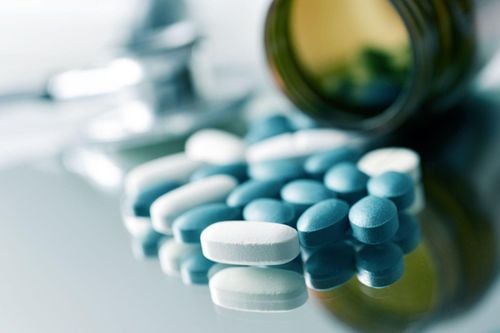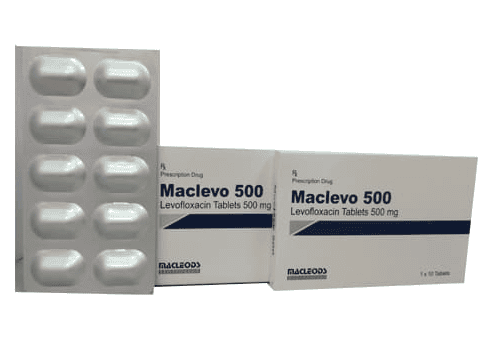This is an automatically translated article.
Biosecurity is preventing misuse, loss, theft or intentional release of pathogens, toxins or any other biological material. Biosecurity aims to protect public health and the environment from exposure to biological agents.
1. Introduction to the historical context
During the 1990s, there was little awareness of the consequences of misusing life sciences or synergistic biotechnological power. Today, biosecurity is a matter of widespread concern and recognized as a national and international priority. In Western countries “Anthrax letters” (letters containing spores of the bacterium Bacillus anthracis) were sent after the 2001 World Trade Center attack. This event sparked a stir. concerns about the use of biological agents as a weapon in terrorist activities against people, animals or even plants.
In light of the awareness of the threat of terrorism with biological materials, biosecurity measures have been proposed such as:
Focus on the development and use of biotechnology. For example, gene sequencing and chemical synthesis, as well as some areas of synthetic biology, are cheaper and easier than ever (less than a week); Consider the bio-hackers community or amateur biologists when conducting private experiments outside of the supervision and biosecurity regulations of traditional laboratories; Perceived risk as multiple laboratories deal with biological agents that may increase the risk of accidents, unintentional release of infectious pathogens, or malicious use of biological materials ; Publication of the coding sequences of many organisms (e.g. the genome of the hepatitis B virus) and works such as chemical synthesis of the polio virus or the reproduction of influenza in the laboratory of the strain that causes "influenza" Spain" in 1918; Issue biosafety symbols and signs to warn of potential hazards in the laboratory, helping professionals stay safe. Biosafety signs usually have a yellow background, black text and symbols. Various initiatives at the international and several national levels have been undertaken to reduce the potential risks associated with a terrorist attack or the intentional, accidental release of biological materials as well as the pathogen.
2. Biosafety and biosecurity
Biosecurity coupled with biosecurity will bring about biological crisis management. While biosecurity aims to protect public health and the environment from accidental exposure to biological agents, biosecurity helps prevent the misuse of pathogens, toxins, or pathogens. any other biological material.
A brief example of the definition of these two terms is as follows:
Biosecurity is to prevent pathogens from escaping from humans; Biosecurity is about preventing bad guys from spreading pathogens. Biosecurity and biosecurity will complement each other to address issues of biological crisis. Over time, biosecurity has been combined with biosecurity to form a modern bio-management approach.

An toàn sinh học là ngăn chặn mầm bệnh tránh khỏi con người.
3. International issues
The issue of biosafety has been put on the agenda of international organizations (UN) and experts working in the field (American and European biosafety associations).
In 2006, WHO first issued a guide entitled "Biorisk Management - Laboratory Biosecurity Guidance" that defines some basic concepts to understand biosafety such as: “Valuable Biological Materials”, “accountability”, “misuse/ misuse”.... This guide is to be viewed. is a supplement to the previously issued “Guide to Laboratory Biosafety”.
In 2010, WHO also published a supplementary document entitled “Responsible life sciences research for global health security”. This guidance added several key elements for those engaged in research and development (R&D) of biological materials that have the potential to be misused as biological weapons. This document mentions that technologies can be used for both peaceful and harmful purposes.
A report by the US National Academies published in 2004 outlines a number of prerequisites to help prevent misuse of biotechnology research.
Many examples supporting the need to develop biosecurity measures are detailed in the WHO guidance issued in 2010. A current reference describes technical, behavioral measures and management based on a laboratory biological crisis risk assessment. The key elements of the laboratory biological crisis management system are:
Risk assessment. Facilities requirements. Equipment and maintenance. Occupational and medical health programs. Practice good microbiology. Make emergency and contingency plans. Personnel and capabilities. Inventory and information on biological agents and toxins. General safety. Clothing and personal protective equipment. Human factors. Investigate accidents and incidents. Decontamination, disinfection and sterilization. Shipping procedures. Guard. Finally, it is important to distinguish two different goals when managing biological risk. Specifically, biosecurity from the point of view of the competent authorities is to ensure national security (anti-terrorism) and also respect the commitment not to develop biological weapons. Biosecurity from the user's point of view (laboratory staff, production facilities) is to protect valuable biological material from misuse.
Please dial HOTLINE for more information or register for an appointment HERE. Download MyVinmec app to make appointments faster and to manage your bookings easily.
Reference source: Biosafety.be, Medicinenet.com












